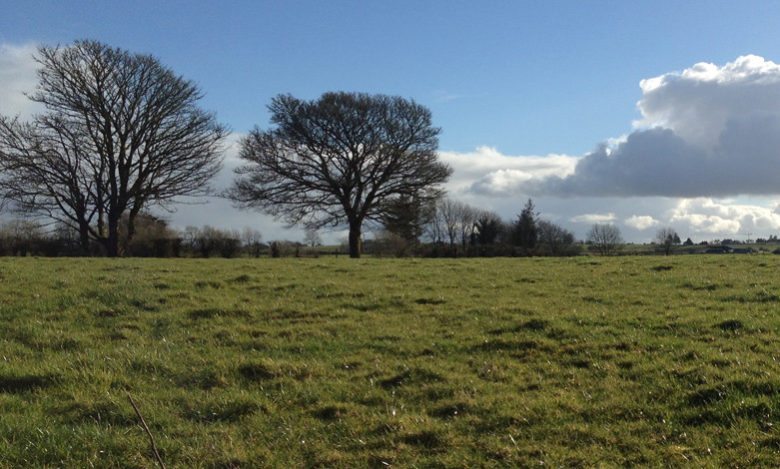
Recent research from the Teagasc Agricultural Catchments Programme found that there was little evidence of livestock slurry in streams following the end of the ‘closed period’ for slurry spreading.
This means that farmers either weren’t spreading slurry at this time, or were spreading it on the parts of their farms where it was less likely to be washed off.
There were, however, some signals of livestock slurry in runoff at the start of the closed period, in some of the studied catchments. This occurred when early autumn storms quickly followed the last few days of the ‘open period’. These signals were also found during the particularly wet summer of 2012 when soils were wet and storms coincided with normal summer slurry spreading. There was also evidence of other nutrient losses during the closed period and the analysis suggested these were from residual soil sources rather than recently spread livestock slurry. This shows the potential for nutrients that were spread in earlier years, or even decades, to be lost to water now, and into the future.
Farmers can reduce nutrient losses during this wetter period by using a management approach that combines the closed period with good nutrient management planning to maintain efficient nutrient use for production. Good management of livestock manures in the growing season is also part of this approach and will decrease the risk to water quality if applied well before the start of the closed period. To help farmers, the Teagasc scientific paper suggests more specific weather and soil condition forecasting, especially during the open period for fertilizer applications.
Dr Mairead Shore, Hydrochemist with the Teagasc Agricultural Catchments Programme said: “This research finding is based on over four years of detailed data collected in the Agricultural Catchments during storms when surface runoff is expected, and shows, very precisely, the nutrient concentrations of water flowing out of the catchments. Less detailed sampling would likely be insufficient to pick up these patterns as surface runoff tends to be short-lived. The analysis specifically used the relationship between phosphorus and sediment in river outflows and also different forms of nitrogen.”
The closed periods for spreading both artificial and organic fertilizers were introduced across the Republic of Ireland in 2006 under the EU Nitrates Directive. The duration of these periods vary across three zones and are longer further north. The closed period for slurry application begins on 15th October and ends between the 12th and 31st of January, depending on these zones.
This research is published in the scientific journal Science of the Total Environment and can be downloaded free of charge.*
*http://www.sciencedirect.com/science/article/pii/S0048969716302959

